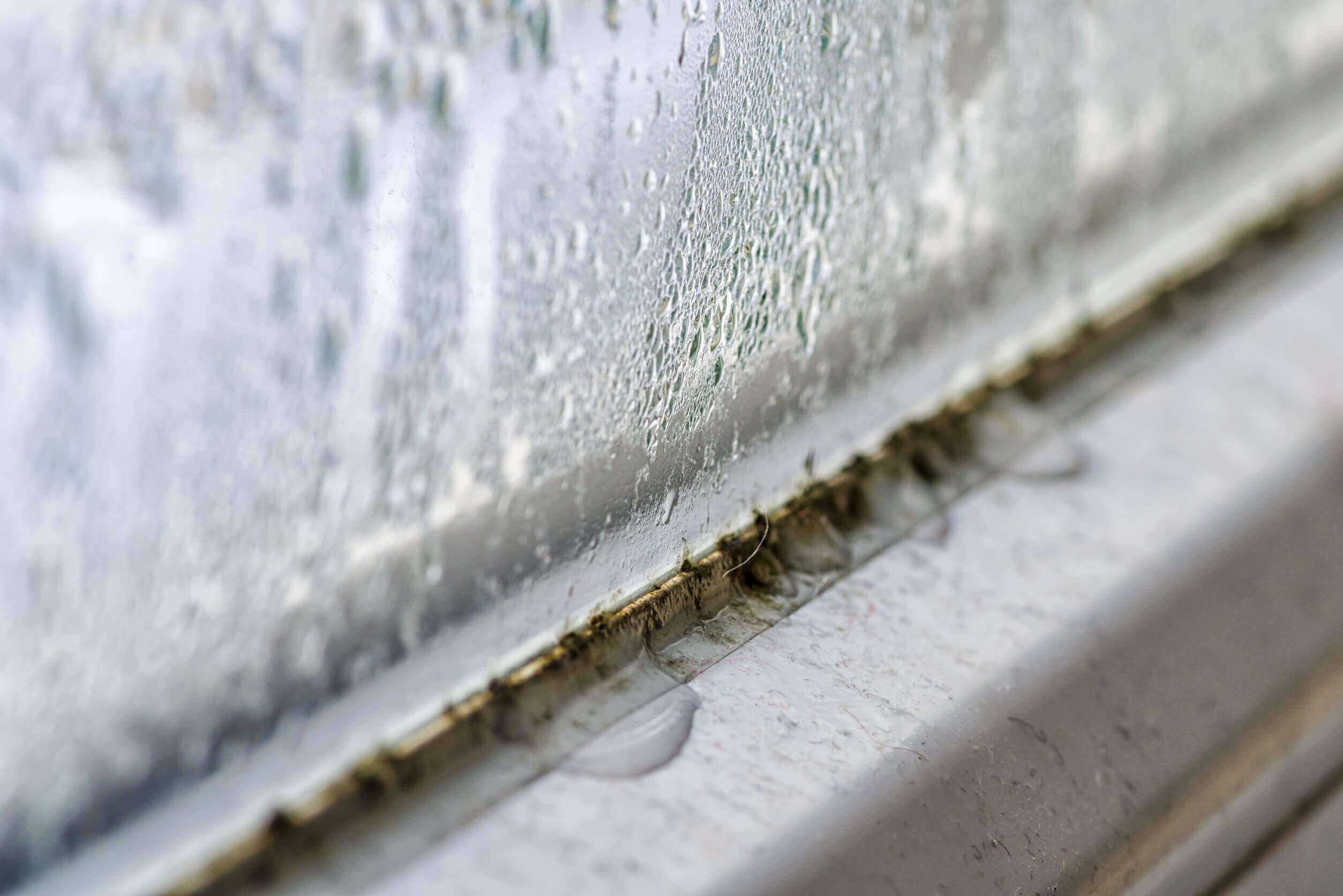

What Should You Do About Window Condensation
If you spot condensation on your windows it’s usually an indication there’s too much moisture in the air. An occasional sighting is usually a non-issue—most likely, a window was left open and temperatures inside and outside were significantly different.
But, if you’re noticing frequent or constant condensation on windows, it could be the sign of a bigger problem—a problem that needs immediate troubleshooting. Ignore the warning signs and you could end up with serious mold and mildew on, in and around your windows—or, worse, an unhealthy indoor environment. Don’t risk it. Get in touch to learn more and to get your windows assessed now.
We had them come out to do a heat adjustment and Manny noticed a gas smell that we had apparently gotten used to. A quick evaluation and he discovered a gas leak in our stove. Had he not spoken up and gone above and beyond, we could have been in danger. I’m so grateful he went above and beyond for us! Seriously some of the best service I could have ever asked for!Lynn S.
Why You Can’t Ignore Window Condensation
Window condensation may seem like nothing, but it can be a serious problem. As many homeowners have discovered the hard way, it doesn’t take long for a small amount of moisture to cause damage to an entire window or windows. Soon, wood is breaking down, mold is building up and larger cracks start to appear. When you have peeling paint and a crumbling window frame or drywall, it’s an indication you need to take action.
Also, the presence of moisture should mean there’s a high risk of mold present. That puts anyone with an allergy or a weakened immune system at risk for respiratory issues. Condensation is a good indication of a problem developing or a problem already present. Remember, mold spores can get into the HVAC system and spread throughout the home.
So, what to do if you spot window condensation. Contact us for a full HVAC inspection—or try these simple home remedies that can help curb mild window condensation fast.
Check Humidity Levels
Add More Bathroom Ventilation
Upgrade Windows
Vent Your Clothes Dryer
Improve Insulation
What Should You Do Now?
Share this Post
